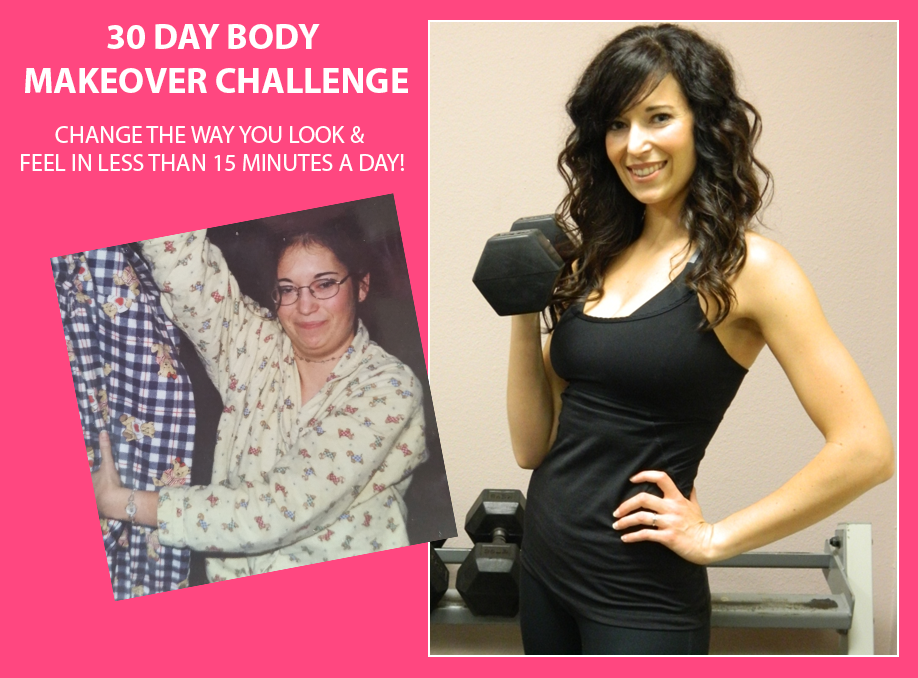 If you are like most people, you probably are unsure or have a vague understanding of what a GMO is. I remember seeing a news flash on TV about GMOs years ago and thought it was some type of seasoning used in restaurants (that’s MSG, and we’ll get to that another day). I want to take some time to shed some light on what a GMO is, where it can be found, and how you may be impacted by it.
If you are like most people, you probably are unsure or have a vague understanding of what a GMO is. I remember seeing a news flash on TV about GMOs years ago and thought it was some type of seasoning used in restaurants (that’s MSG, and we’ll get to that another day). I want to take some time to shed some light on what a GMO is, where it can be found, and how you may be impacted by it.
A GMO is short for genetically modified organisms. A similar term is GE, or genetically engineered. The main difference between the two is that a GMO alters a naturally-existing organism, whereas GE means it is man-made. For our purposes, I am mainly going to focus on GMOs. GMOs scientifically alter natural foods by injecting a foreign protein, virus or bacteria with the purpose of altering its DNA. Why is this done? Let’s say a farmer has soybeans that are constantly being killed off by pesky insects. Well what if there was a way to insert a pesticide gene into the soybean so it could ward off insects while growing? That’s exactly what they did starting in the 1990’s. What does this mean for your health?
The most likely reaction to eating GMOs is either a moderate or severe allergic reaction. In addition, symptoms include chronic fatigue syndrome, IBS, headaches, lethargy, acne and eczema. Some don’t react at all initially, but everyone’s health is impacted by GMOs. Because sufficient studies have not yet been conducted on the health hazards of GMOs, Australia, Great Britain, Israel, Germany, France and New Zealand have all chosen to force food manufacturers to omit GMOs from their products. Maybe we should also be on the cautious side until we know more.
GMOs seem to be everywhere. I was just at a baseball game and noticed that with the popcorn, cotton candy, hot dogs, nachos and pretzels, almost everything had GMOs in it. Crazy! But we can do something about it. We can first start by becoming educated consumers and be able to make informed decisions. Here is a link to the expert on the subject, Robyn O’Brien: http://robynobrien.com. Not everyone can afford to only eat organic food or have their own farm, but we can make a small step in that direction. My first step was to make sure that I always check the label first before eating anything. I will put back about 90% if I see any words I don’t recognize. The other 10% of the time I will go ahead and enjoy it (I am human!). This is sustainable and reasonable for me. How about you-what’s your first step to avoiding a GMO?
*The information on this site is designed for educational purposes only and has not been evaluated by the Food and Drug Administration. It is not intended to be a substitute for informed medical advice or care. You should not use this information to diagnose, treat, cure or prevent any health problems or illnesses without consulting your pediatrician or family doctor. Thank you!
~by Kimberly Olson
About Me






